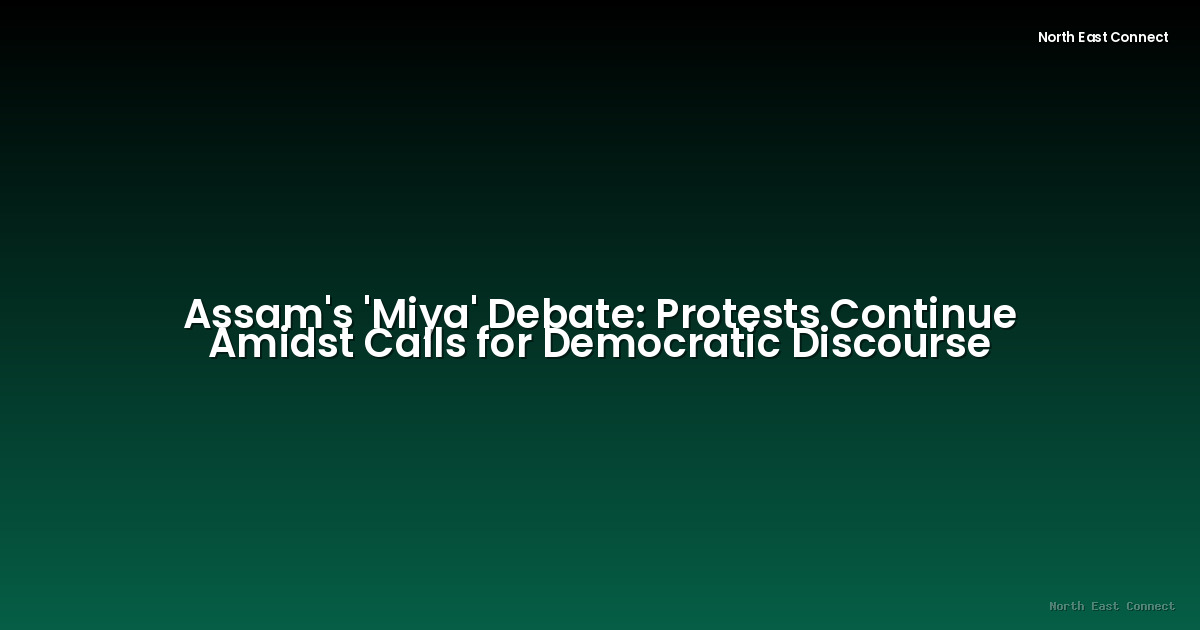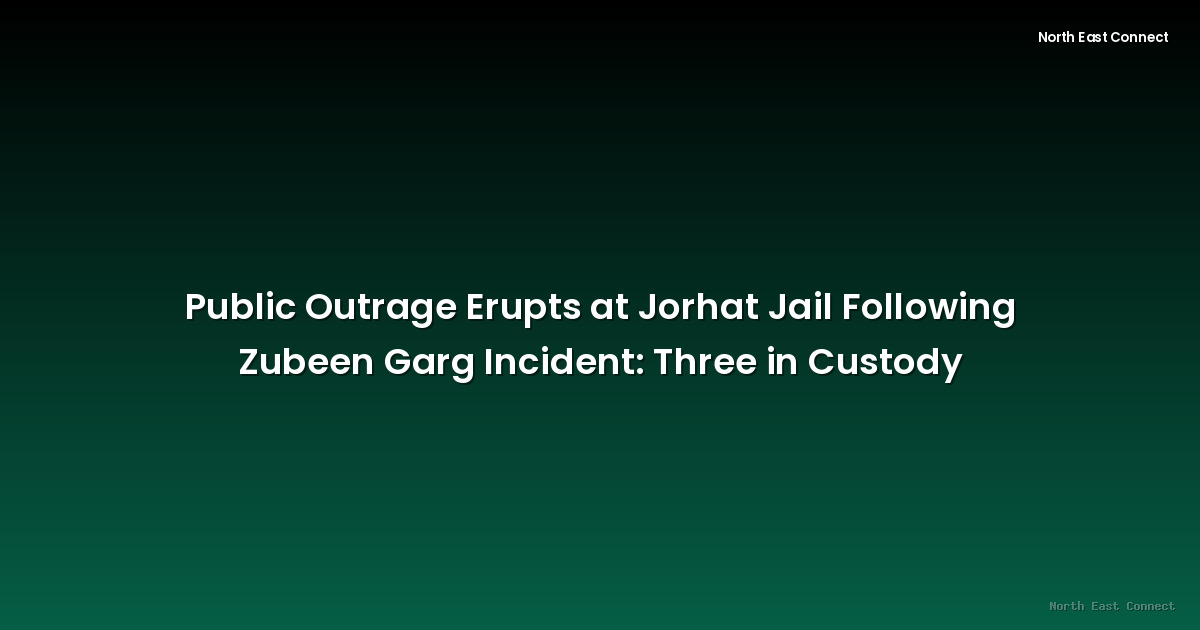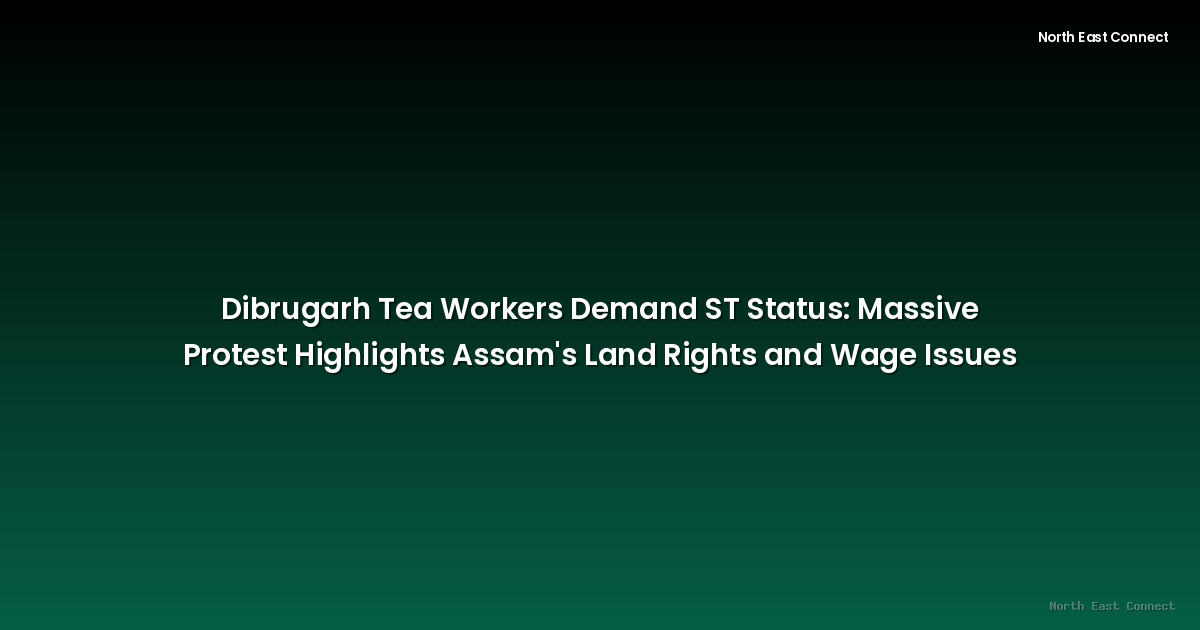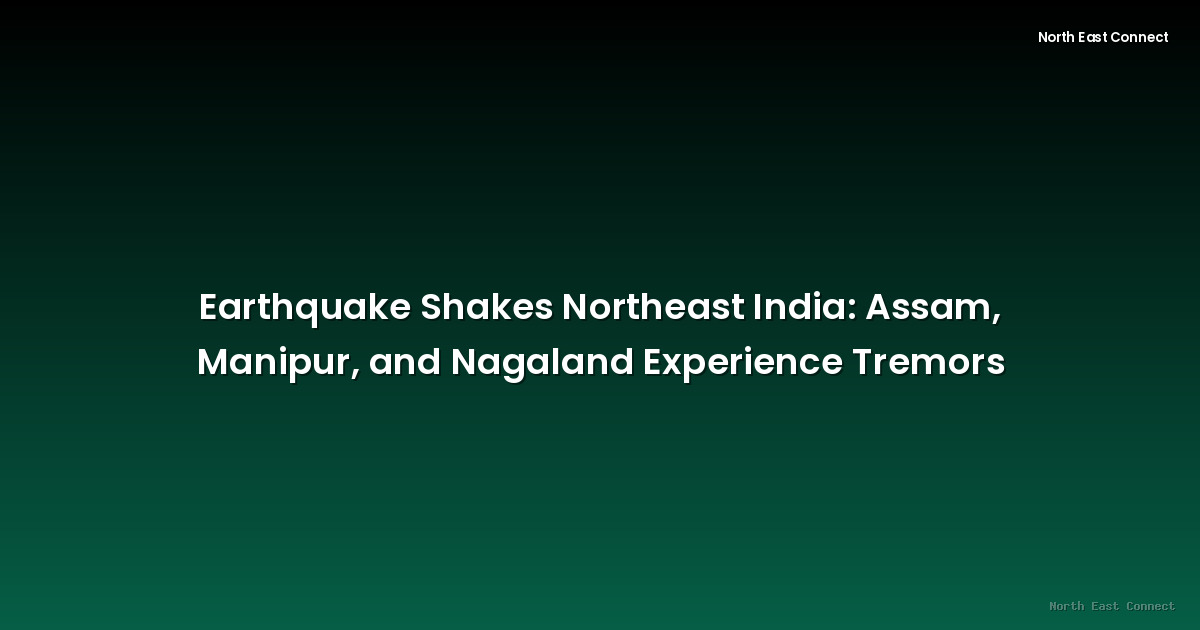2025-08-08 · News
Upper Assam is witnessing continued protests related to the 'Miya' community, a Bengali-speaking Muslim population group residing primarily in the region. While the exact nature and scale of these protests fluctuate, they highlight a long-standing socio-political tension in the area. The term "Miya" itself is a subject of debate, with varying interpretations and sensitivities attached to its usage.
Recent demonstrations have prompted a statement from Assam's Chief Minister, Himanta Sarma. He has publicly emphasized the importance of maintaining democratic norms and peaceful expression during these protests. Sarma's call for democratic engagement underscores the need for respectful dialogue and the avoidance of violence or actions that could incite further unrest. However, he hasn't explicitly detailed measures to address the underlying concerns fueling the protests.
The demonstrations are complex and multifaceted, stemming from a confluence of factors. These factors include socio-economic disparities, historical grievances, and differing interpretations of citizenship and identity within the region. Analyzing the situation necessitates understanding the historical context of migration and settlement patterns in the area, the socio-economic challenges faced by various communities, and the evolving political landscape of Assam.
The protests have raised questions about the delicate balance between freedom of expression and the potential for these demonstrations to escalate into larger-scale conflict. Concerns exist regarding the potential impact on social harmony and the economic stability of the region. The role of social media and its influence in disseminating information, and potentially misinformation, surrounding these events has also come under scrutiny.
Observers point to the need for inclusive dialogue and conflict resolution mechanisms to de-escalate tensions and address the underlying concerns driving the protests. Many believe open communication, collaborative problem-solving, and the fair treatment of all residents are vital for ensuring peaceful coexistence and preventing future flare-ups. The absence of a detailed action plan or tangible steps from the state government to mitigate concerns has fueled criticisms and intensified the debate.
The situation remains fluid, and the long-term implications of these protests are yet to fully unfold. The ongoing discussions and actions taken by government authorities, community leaders, and civil society organizations will be crucial in shaping the trajectory of this sensitive issue and fostering a more inclusive and harmonious environment within upper Assam. Continued monitoring and reporting are essential to fully understand the unfolding events and their potential consequences for the region. The absence of clear communication and specific government policy towards addressing the concerns of the 'Miya' community adds to the complexities of an already volatile situation. The coming weeks and months will be critical in determining how this conflict plays out and how the government addresses the root causes of the unrest.







